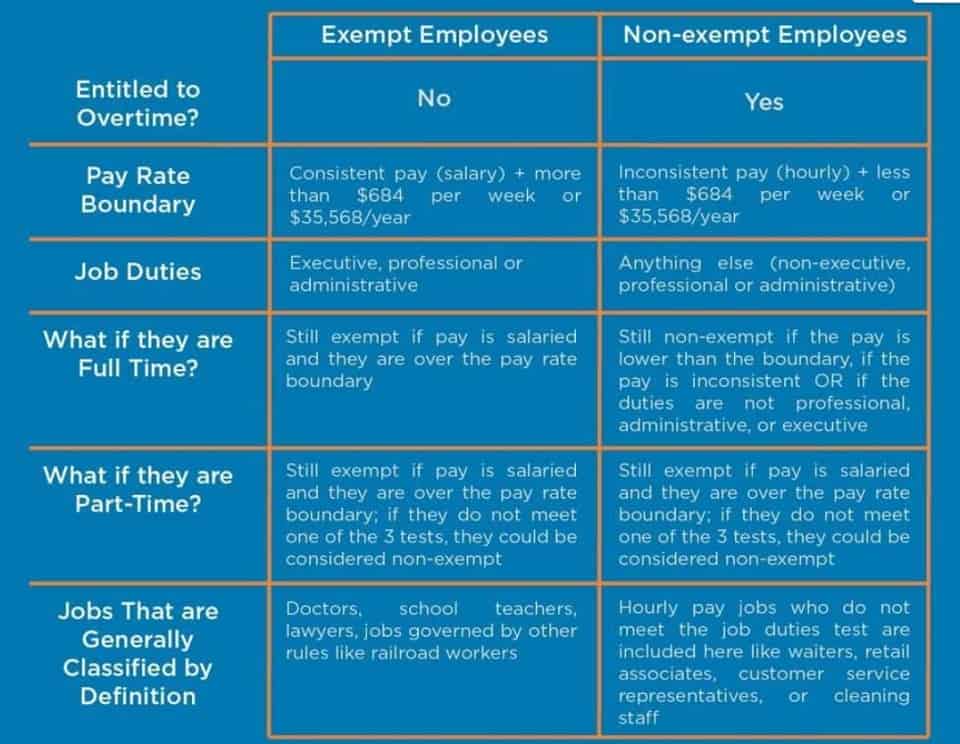
An automated cash application solution makes adding new payment methods easier and processing large volumes of transactions practically effortless. Accounting is the process of keeping track of your business’s financial transactions. An accountant is a professional with a bachelor’s degree who provides financial advice, tax planning and bookkeeping services. They perform various business functions such as the preparation of financial reports, payroll and cash management. Accounting is the process of recording, classifying and summarizing financial transactions. It provides a clear picture of the financial health of your organization and its performance, which can serve as a catalyst for resource management and strategic growth.

For example, the invoice date is the date on which an invoice is issued, while the payment date is the date on which the payment is made. The delivery date is the date on which goods or services are delivered, while the order date is the date on which the order is placed. It is important to use the correct transaction date for each transaction to ensure accurate recording in the books. There are several options for posting dates, including the date of the transaction, the date of the invoice, and the date of payment.
Computerized Accounting System Postings
The due date is important in determining the timing of the payment, while the closing date is important in determining the accuracy of the financial statements. The best option for posting dates depends on the nature of the business and its accounting practices. For most businesses, the date of the transaction is the best option for posting dates because it provides an accurate record of the posting definition in accounting business’s financial activities. However, businesses that have a long delay between the transaction and the recording of the transaction may need to consider the date of the invoice or the date of payment. Accounting is popularly regarded as “the language of business” because it doesn’t just help you keep track of your money, but also helps you make informed decisions about your business.

It is the date when the transaction occurred, and it provides an accurate record of the business’s financial activities. However, it may not be the best option for businesses that have a long delay between the transaction and the recording of the transaction. Posting dates refer to the date when a transaction is recorded in the accounting books.
Rules of Posting in Accounting
If the financial statements are not accurate, it can lead to incorrect decisions being made. Posting dates help to ensure that all transactions are recorded in the correct period, which is necessary to accurately reflect the financial position of the company. In contrast to the two-sided T-account, the three-column ledger card format has columns for debit, credit, balance, and item description. The three-column form ledger card has the advantage of showing the balance of the account after each item has been posted. It is very important for you to understand the debit and credit rules for each account type or you may not calculate the balance correctly. Often accountants omit these explanations because each item can be traced back to the general journal for the explanation.
- Let’s look at some of the other major challenges that come with manual cash posting.
- They ensure that financial statements are reliable and consistent, which is essential for making informed decisions.
- Finally, one of the biggest mistakes in bookkeeping is not reconciling accounts regularly.
- For example, the balance sheet reports assets and liabilities while the income statement reports revenues and expenses.
You can think of the posting process like taking the journal entries and transferring them to T-accounts. This way we can total each account and keep track of it’s balance at all time during the year. As business transactions occur during the year, they are recorded by the bookkeeper with journal entries.